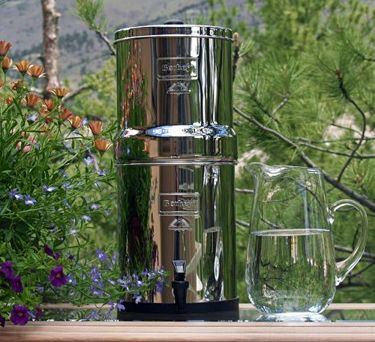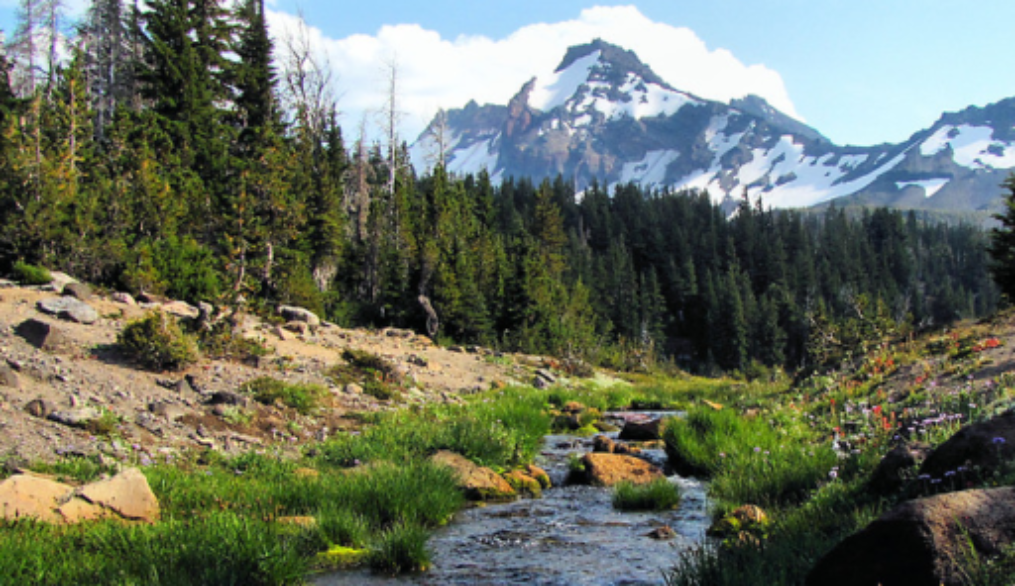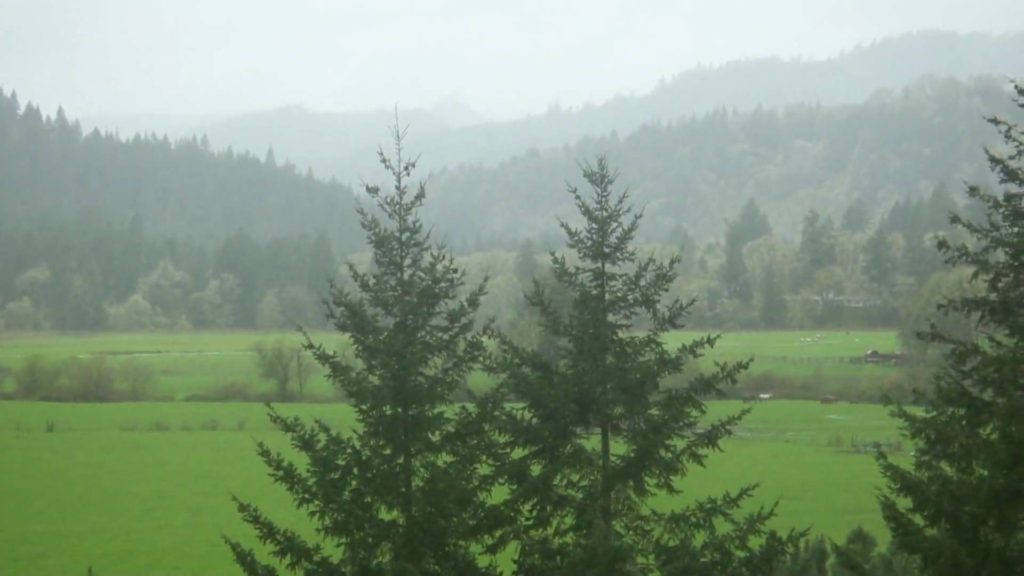 I decided after all to go ahead an order a Big Berkey. On a forum that I read, the safecastle website has a presence, and posts “bunker” passwords for savings from time to time. The latest bunker had a good deal on Birkey systems, which were already on sale. I was able to get the Big Berkey with dual black filter AND a stand to rise it up enough that you can fit a glass under the spout for less than just the unit from the Big Berkey site or Amazon.
I decided after all to go ahead an order a Big Berkey. On a forum that I read, the safecastle website has a presence, and posts “bunker” passwords for savings from time to time. The latest bunker had a good deal on Birkey systems, which were already on sale. I was able to get the Big Berkey with dual black filter AND a stand to rise it up enough that you can fit a glass under the spout for less than just the unit from the Big Berkey site or Amazon.
I have set it up, but I have not yet primed the filters and tested my assembly yet. The one disappointment, and this is not the fault of the company, but my own failing, is that the unit on the stand is a scant 1/8″ too tall for the spot that I meant to be the filter’s home, which was under a cupboard where the bottom is shaped like an H (center is higher than side cupboards). I thought I had the right measurements, but that didn’t include the little knob on the cover for easily removing to add water. Bummer.
Done
Temporary water stored (about 10 gallons in regular store bought milkjug gallons)
Ordered water stand for 55 gallon barrels
Ordered tubing and plumbing supplies to chain 3 barrels
Supply list compiled for rainwater catchment system
Limbo:
Pick up 3 barrels (waiting to hear back from my SiL source)
To Do:
Obtain supplies and install rainwater catchment system
Decide on and order portable filter options for bug out situation. Still leaning towards a UV pen option for portability, but when we “arrive†what then to cleanse water?
Assemble 55 gallon barrel stand when it arrives
Acquire more portable containers for transporting water from catchment system to filter, from filter to barrels, or for immediate use. 7 Gallon aquatainers are looking like a good option. I would like to have 4-6
Buy 4 Water BOBs for tubs, 1 per tub, plus a backup each (if time allows for filling)
Obviously I would feel better if this were all done, and better yet if I had a stream or well on my property, but for someone with nothing, not even plans!, a few months ago, I feel good about where I am at.


